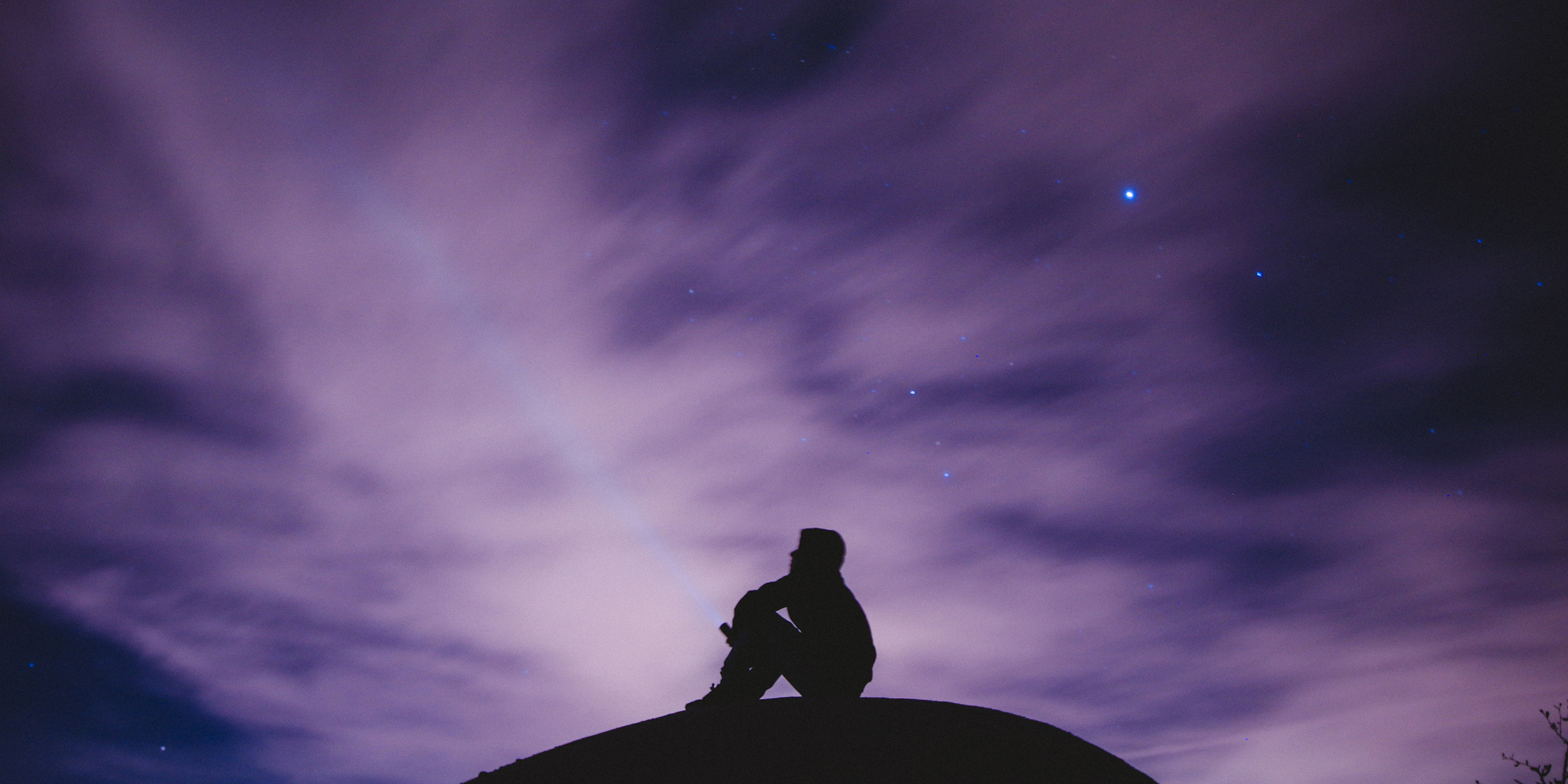Originally published 2 December 1996
You may have heard about the public library brouhaha in Seabrook, N.H.
The trouble started when the library’s board of trustees yielded to pressure from some of the town’s religious leaders and cancelled two proposed lectures on tarot cards, astrology, and numerology.
According to the churchgoers, the talks would use taxpayer dollars to promote occult religions.
Word of the cancellation got out on the Internet, along with a suggestion that anyone who disagreed with the cancellation should take action by donating occult books to the Seabrook Library. In the following weeks, more than 250 books arrived in the mail, the largest number of donated books the library has ever received.
Among those books was one of mine, 365 Starry Nights.
That’s right, according to a story in the Boston Globe, the donated books included such titles as Tarot: The Path to Wisdom, Foundations of Tibetan Mysticism, A Book of Pagan Rituals and 365 Starry Nights.
Needless to say, my book has nothing to do with the occult. It is a thoroughly scientific tour of the year’s celestial feasts. Yet here I am with the astrologers, numerologists, tarot readers, and pagan ritualists. Oh, the ignominy!
I suppose there is a bright side. By being advertised with the purveyors of New Age spiritualism I may sell more books. Certainly, more Americans are interested in astrology than astronomy. A comparison of the sizes of the science and New Age sections of most bookstores will confirm that I’m on the wrong side of the aisle — commercially speaking.
But maybe the place for my book is on neither side of the aisle, not with science, not with the New Age, but some place in between.
Science directs our attention to a universe that is other than ourselves, that pays no heed to our personal lives. Science takes us out of ourselves, into a world of greater than human dimension.
New Age spiritualism feeds the illusion that the universe is attentive to our every need, that we are each personally the center of a web of influences that embraces the stars.
Or to put it another way: Science supposes a world that exists independently of ourselves, a “known” world that can be abstracted from the act of knowing; the New Age privileges the knower, and often assumes that material reality is an illusion of mind or spirit.
Pure objectivity versus pure subjectivity.
The ecological philosopher David Abram points out what these two views have in common.
In his provocative book, The Spell of the Sensuous, Abram suggests that both science and New Age spiritualism assume a qualitative difference between the knower and the known. By prioritizing one or the other, both views perpetuate the distinction between human “subjects” and natural “objects,” he says.
More to the point, both views, naively understood, support the idea that nature is purely “other,” and therefore suitable for human manipulation and use. This belief in the “otherness” of nature is at the heart of our ecological crisis, Abram asserts.
In place of the “objectivity” of science, and the “subjectivity” of the New Age, Abram emphasizes the way we are embedded in nature — knower and known, one stuff, inseparable. Only when we acknowledge our oneness with nature, will we find a way to live in harmony with the world, he says.
He grounds his idea of oneness in the senses: seeing, hearing, smelling, tasting, touching. Everything we know of the world is mediated through the senses. Abram’s book is a hymn to the sensuous, to the act of perception where knower and known are inextricably one.
The Spell of the Sensuous belongs on neither side of the bookstore aisle — not with the New Age and not with science, but in a relatively unpopulated category that emphasizes the entanglement of knower and known, and the lush immediacy of the senses.
It’s not a bad place to be. The “objective” knowledge of science is sterile unless it feeds the life of the spirit. New Age spiritualism is mere narcissism if not solidly anchored in the external world. If the Seabrook Library wants to add my book to its shelves, let them stick it next to David Abram’s book, in a category somewhere between pure objectivity and pure subjectivity, where heart and mind meet the more-than-human world.
On the night of the Leonid meteor shower of November, I spent a predawn hour in a deck chair in the back yard wrapped in a blanket, waiting and watching for a predicted meteor “storm” that never came. It was a night of dazzling clarity. The occasional Leonid unzipped the sky. Mars and Venus glistened.
This was not the self-absorption of astrology, nor the cool detachment of the astronomy textbook. In the cold silence, my senses buzzed with an electricity flowing from knower to known and known to knower. For an exquisite starlit hour, I lived in the thrall of Abram’s “spell of the sensuous.”
Chet’s book, 365 Starry Nights, is available for loan at the Seabrook Public Library, and perhaps at your own local public library, as well. ‑Ed.



